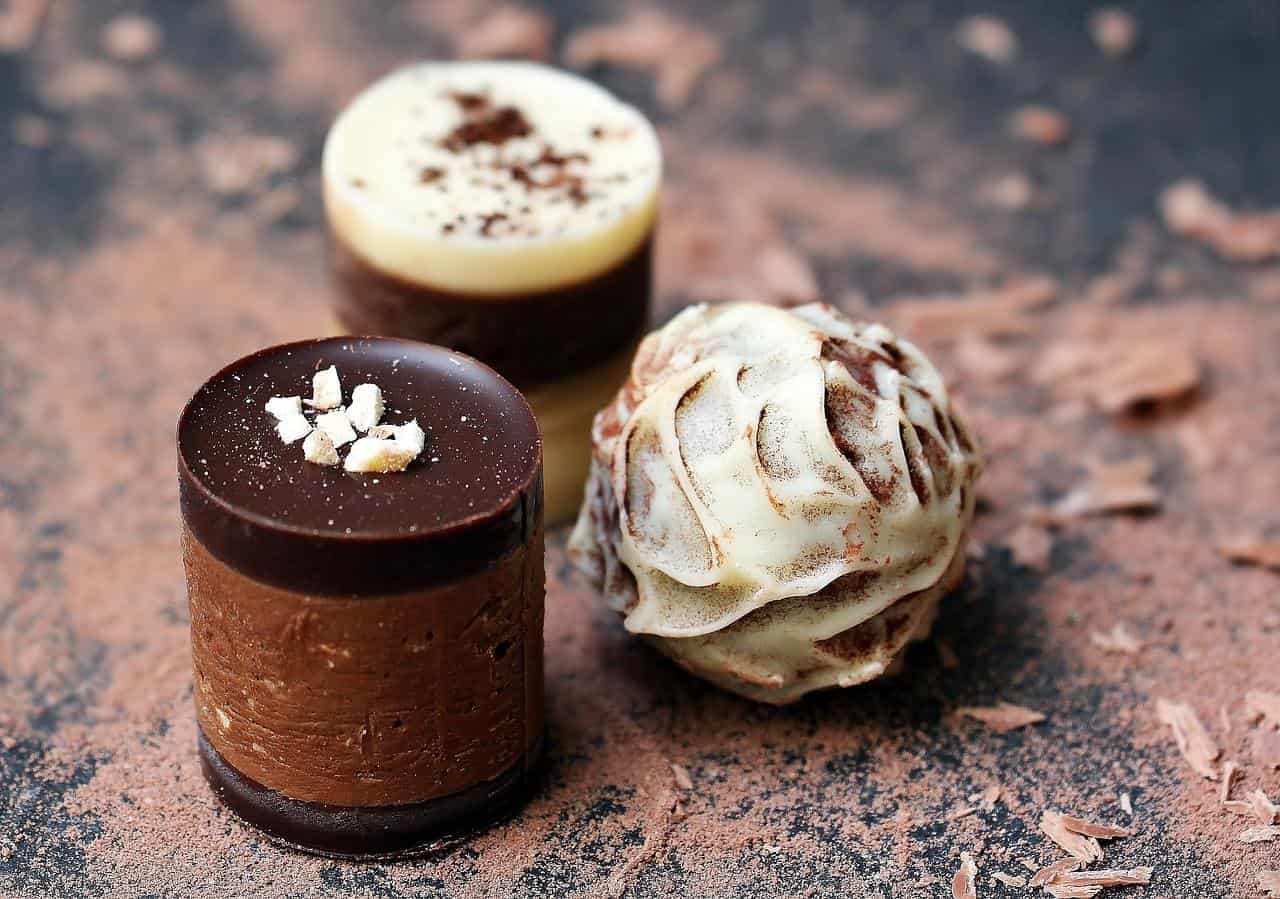Chocolate is one of the most popular and beloved foods in the world, enjoyed by people of all ages and backgrounds. It has a rich and complex history that spans thousands of years and encompasses many different cultures and traditions. From the Aztecs of ancient Mexico to modern-day chocolatiers, the history of chocolate is a fascinating one that has shaped the way we think about food, culture, and commerce.
History of Chocolate

The origins of chocolate can be traced back to ancient Mesoamerica, where the Aztecs and other indigenous peoples of Mexico and Central America cultivated the cacao tree and used its seeds to make a bitter, frothy drink called xocolatl. The word “chocolate” comes from the Aztec word xocolatl, which means “bitter water.” The drink was prized for its invigorating and aphrodisiac properties, and was often served to warriors before battle and to royalty during important ceremonies.
The Aztecs believed that the cacao tree was a gift from the gods, and they attributed many mystical and spiritual properties to chocolate. They believed that the drink had the power to restore health, increase fertility, and even communicate with the dead. In fact, cacao beans were so valuable in Aztec society that they were used as currency, and taxes were often paid in cacao beans.
When the Spanish arrived in Mexico in the 16th century, they were introduced to chocolate and quickly became enamored with its unique flavor and properties. They brought chocolate back to Europe and soon it became a popular luxury item among the wealthy and powerful. However, it was not until the 19th century that chocolate became widely available to the general public.
One of the key innovations that made chocolate accessible to a wider audience was the development of milk chocolate. Swiss chocolatier Daniel Peter is credited with creating the first milk chocolate in 1875, by adding powdered milk to chocolate to make it sweeter and creamier. This new form of chocolate was an instant hit, and soon became a staple of candy shops and bakeries all over Europe and North America.
Today, chocolate is one of the most popular and ubiquitous foods in the world, with annual sales topping $100 billion worldwide. It is used in a variety of forms, from candy bars and baked goods to hot cocoa and gourmet chocolates. Chocolate has also been the subject of numerous scientific studies, which have found that it contains a number of health benefits, including antioxidants that can help protect against heart disease and cancer.
Despite its popularity and ubiquity, however, chocolate production continues to face numerous challenges and controversies. One of the most pressing issues is the problem of child labor in cocoa production. The vast majority of the world’s cocoa is produced in West Africa, where an estimated two million children work in hazardous conditions on cocoa farms. Many of these children are forced to work long hours in dangerous conditions, and are denied access to education and healthcare.
Another issue facing the chocolate industry is the threat of climate change, which is expected to have a significant impact on cocoa production in the coming years. Rising temperatures and changing weather patterns are expected to make it more difficult to grow cocoa in many parts of the world, which could lead to shortages and price increases.
Despite these challenges, however, chocolate remains one of the most beloved and culturally significant foods in the world. Its rich and complex history, which spans thousands of years and encompasses many different cultures and traditions, is a testament to its enduring appeal and importance.
Keywords: chocolate, Aztecs, Mesoamerica, cacao, xocolatl, milk chocolate, child labor, cocoa production, climate change, history of chocolate, aztec history of chocolate, interesting history of chocolate, top history of chocolate, history of chocolate since aztecs
Check out our Novel Writing Workbooks
Check out Little Tree Food Forest for articles on food forests and homesteading.
Check out FoodieScapes for articles on growing, fermenting and preserving food
Check out StoryScapes.World for articles on writing.
Subscribe to our newsletter to get information delivered to your inbox on homesteading, growing food, food preparation, travel, fishing, and more.











